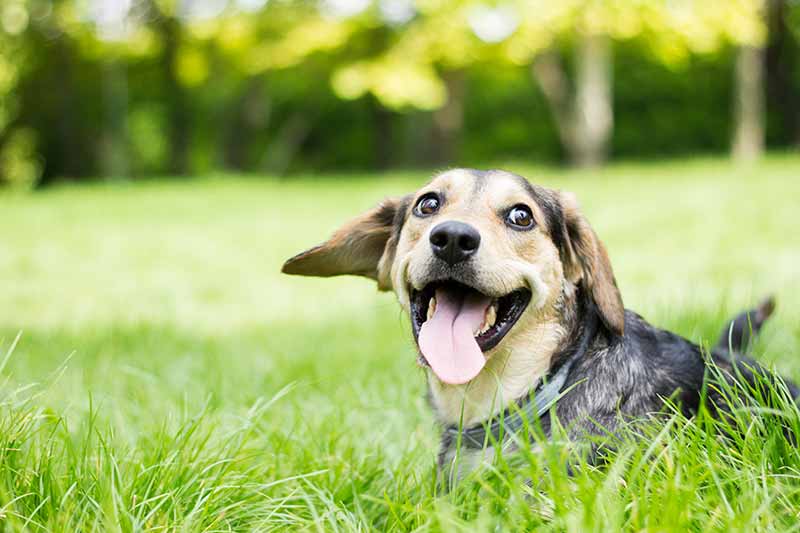 During the summer, many of us are on the go. We’re outdoors playing, hiking, boating, or just hanging out in the backyard with friends and family. For pet owners, this also means including our pets in all the fun.
During the summer, many of us are on the go. We’re outdoors playing, hiking, boating, or just hanging out in the backyard with friends and family. For pet owners, this also means including our pets in all the fun.
However, the summer heat and humidity can cause problems for our furry loved ones. That’s why Clairmont Animal Hospital wants to take a moment to review some tips for summer heat safety for pets.
The Basics
Temperatures are rising all over the Decatur area, and it’s important to know that pets don’t sweat the same way that humans do. Imagine wearing a fur coat all summer long! It’s easy to see why preventing overheating in our pets is so important. If you think it’s hot outside (or inside!), it’s even hotter for your pet.
Summer Heat Safety for Pets
Indoors where it’s air conditioned is the safest place for pets when it’s hot outside. Here are some other tips for summer heat safety:
Leave them home – On hot days, leave your pet at home where it’s cool and safe. Never, ever leave your pet unattended in a car. On a 90-degree day, it only takes minutes for internal car temperatures to reach triple digits. Even on a 70-degree day, car temps can reach triple digits within 15 minutes, even with the windows cracked. It’s not worth risking your best friend’s life – don’t do it!
Crank the air – The indoors can be safer for pets, but many people turn off the air conditioning and fans when they leave for work in the morning. Instead, leave the air conditioner on a conservative setting (75 degrees or so). If there are cooler rooms in your house, make sure your pet has access to them. Also close the curtains in the morning to prevent the sun’s rays from heating up the house.
Moderate – Exercise may need to be tabled during hot weather. If you want to get outside with your dog, do so in the early morning hours when it’s still cool. Avoid hot surfaces, which can injure your dog’s paw pads. Test the concrete or pavement with your hand; if it’s too hot for you, it’s too hot for your dog.
Hydrate – Pets can become dehydrated more quickly than you might think. Provide lots of fresh, clean drinking water. If you’re out and about, take more frequent water (and shade) breaks.
Watch them carefully – Remember that senior pets, sick pets, and very young pets are more susceptible to extreme temperatures. If there’s a heat advisory, it’s best to bring all pets indoors. Even a garage or mudroom can provide some relief. Brachycephalic dogs (e.g., pugs, Boston terriers, bulldogs) have shortened airways that make cooling off even more challenging for them, so air conditioning is always the safest place for these pets.
Heat Stroke in Pets
When pets get overheated and can’t cool themselves down fast enough, heat stroke can result. Heat stroke is a life threatening medical emergency that must be treated quickly by a veterinarian.
Symptoms of heat stroke include:
- Excessive panting
- Drooling
- Seeking shade or stopping during a walk/run
- Dark red gums and tongue
- Weakness
- Collapse
- Glazed eyes/decreased mentation
What to Do if Your Pet has Heat Stroke
If your pet is exhibiting signs of heat stroke, get them to our hospital or a local emergency clinic right away. Dousing your pet’s belly with tepid (but not cold) water before coming in can also be helpful. Wrap your pet’s head, armpits, and belly in wet towels, and call us when you’re on your way. While we’re always ready for an emergency, letting us know about your situation allows us to have everything ready for immediate treatment once you arrive.
We hope these tips have helped shed some light on summer heat safety for pets. If you have any questions or concerns, please give us a call. Stay cool out there!

